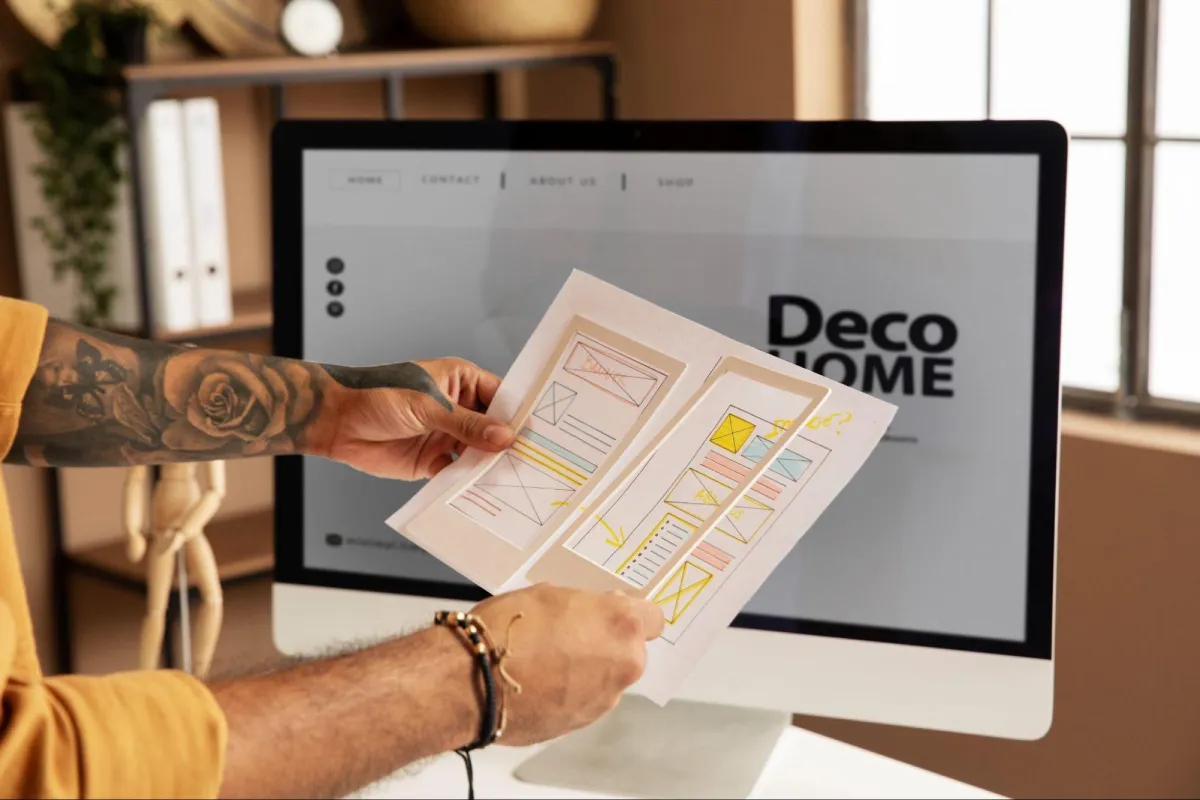Designing Digital Spaces That Feel Like Home: Lessons From Real Estate For Website UX
When it comes to design, we often separate the physical and digital worlds. Yet, the way people respond to a well-designed home is remarkably similar to how they react to a well-designed website. In both cases, visitors decide, almost instantly, whether they want to stay or leave.
Just as potential buyers browsing Coronado homes for sale notice natural light, flow, and layout before they ever check the details, users judge a website by its first impression, often in less than three seconds. That moment defines trust, comfort, and connection.
Creating a website that feels like “home” isn’t just an art; it’s an emotional strategy rooted in empathy, structure, and storytelling. Let’s explore how lessons from real estate design can transform digital UX.
The First Impression: Curb Appeal And Homepage Design
Every real estate agent knows that curb appeal sells. A welcoming entrance, balanced symmetry, and thoughtful landscaping can make even a modest home irresistible.
In the digital world, your homepage serves the same purpose. It’s where first impressions form, and where emotional engagement begins.
A cluttered homepage can overwhelm visitors just like an over-decorated living room. Conversely, a minimalist layout with clear pathways encourages exploration.
Tips to create curb appeal for your website:
- Use whitespace intentionally to create breathing room.
- Keep key navigation elements visible but unobtrusive.
- Use a consistent color palette and visual hierarchy that reflects your brand personality.
- Guide users naturally toward the “front door”, your most important call to action.
When users feel visually comfortable, they’re more likely to “step inside” and explore.
Flow And Functionality: The Floor Plan Of UX
A well-designed home doesn’t make visitors guess where the kitchen or bathroom might be. The same principle applies online.
Your website’s “floor plan”, its navigation structure, should feel intuitive. Every link, button, and category must lead somewhere logical. Confusing menus or inconsistent layouts are the digital equivalent of a hallway that leads nowhere.
To build functional flow:
- Keep navigation labels short, clear, and meaningful.
- Limit top-level menu items to five or six.
- Include visible signposts (breadcrumbs, headers, progress bars).
- Test user pathways to ensure minimal friction.
According to the Nielsen Norman Group, users leave websites within 10–20 seconds if they can’t immediately find what they’re looking for. A well-planned UX floor plan keeps them oriented, and confident, as they move through your content.
Personalization: Making Visitors Feel At Home
No two homeowners want the same interior. Likewise, digital visitors crave personal relevance.
Personalization is one of the strongest ways to transform a website from a sterile interface into a welcoming digital space. This could mean adaptive product recommendations, location-based content, or simply remembering a returning visitor’s name.
However, just as in real estate, balance matters. You wouldn’t want a realtor who’s overly intrusive, and your website shouldn’t feel that way either.
Best practices include:
- Using data responsibly and transparently.
- Offering opt-in personalization (not assumptions).
- Combining dynamic content with evergreen value.
When users feel seen but not watched, they connect more deeply with your brand.
Lighting And Visual Warmth: Designing With Emotion
Interior designers rely heavily on lighting to set tone and mood. Warm light creates comfort, while cold lighting can make even luxury spaces feel sterile.
Web designers have a similar challenge. Bright, harsh visuals can overwhelm users, while muted or balanced palettes can encourage longer engagement.
Use contrast strategically, not just for aesthetics, but for emotion. Choose fonts and imagery that align with your brand’s personality. For example:
- A tech startup might emphasize clean lines and cool hues for clarity.
- A lifestyle brand might prefer organic textures and natural tones for warmth.
The goal isn’t to impress; it’s to make people feel.
Accessibility: The Foundation Of Good Architecture
A beautiful home that’s difficult to enter isn’t truly functional. The same applies to digital design. Accessibility ensures that every visitor, regardless of ability, can comfortably experience your website.
According to WebAIM (Web Accessibility In Mind), over 96% of homepages still fail basic accessibility tests. This means millions of users encounter unnecessary barriers daily.
To improve accessibility:
- Use proper HTML structure for screen readers.
- Ensure sufficient color contrast for readability.
- Add alt text for all images.
- Design forms and buttons for both mouse and keyboard interaction.
Inclusive design isn’t an add-on, it’s the structural integrity of your website. When users can move freely, they feel truly welcome.
The Emotional Blueprint: Building Trust And Comfort
In real estate, trust is built through transparency and authenticity. Buyers appreciate agents who communicate clearly and properties that match their descriptions.
Online, the same logic applies. Consistency, in tone, visuals, and performance, builds trust. Users are quick to notice when something feels off, whether it’s a misleading headline or slow load time.
Trust signals to reinforce in your design:
- Transparent pricing or contact details.
- Secure browsing (SSL certificates).
- Clear policies and human-centric copy.
- Fast load times (under 3 seconds ideally).
When your digital space feels honest and reliable, it naturally becomes a place where visitors feel safe, and stay longer.
From Houses To Homes: The Art Of Human-Centered Design
Ultimately, great UX is not about pixels or wireframes, it’s about people. The same way a home becomes more than walls when infused with personal meaning, a website becomes more than code when it reflects empathy and understanding.
The best websites, like the best homes, have personality, purpose, and soul. They anticipate needs, reduce friction, and foster belonging.
So as you refine your next digital project, remember: design isn’t just what users see. It’s how they feel when they’re inside your creation.
From real estate to web design, the principles of great user experience are universal, clarity, comfort, and connection. A home and a website both succeed when they tell a story of care and attention to detail.
Even if you’re simply drawing inspiration from Coronado homes for sale, the lesson remains timeless: every great space, digital or physical, begins with empathy. Build with intention, and your users will feel at home the moment they arrive.


Leave a Reply